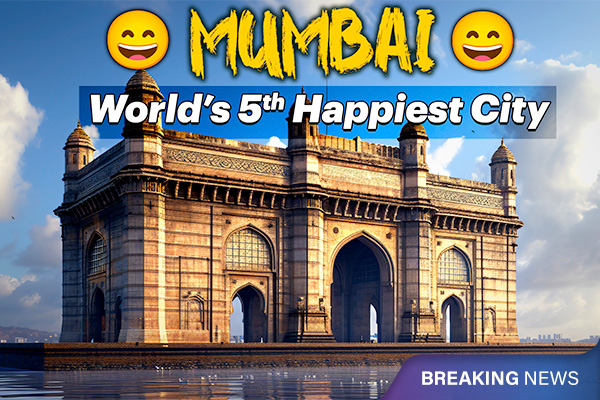Why Kolkata Celebrates Diwali with Kali Puja Instead of Lakshmi Puja?
In Eastern India, Diwali is celebrated with devotion to Goddess Kali, honoring her powerful, protective nature with unique rituals and vibrant Kali Puja.
India is a land of many festivals, and while we celebrate many throughout the year, Diwali, the festival of lights, is among the most famous. Diwali is mostly linked to Lord Ram, Sita, and Lakshman’s return to Ayodhya after 14 years of exile and the defeat of the demon king Ravan. However, different parts of India have their own special ways to mark Diwali, and people worship different Hindu gods and goddesses on this day.
In North and West India, people worship Lord Ganesha and Goddess Lakshmi, praying for prosperity and good fortune. In South India, prayers are offered to Lord Krishna. For the Jain community, Diwali is connected to Lord Mahavir. In the eastern states like West Bengal, Tripura, Assam, Odisha, and parts of Bihar, people celebrate Goddess Kali on Diwali.
Who is Goddess Kali?
The name ‘Kali’ comes from the Sanskrit word ‘kal,’ which means time. She is often seen as the powerful goddess of war, anger, change, and destruction, but also of creation and liberation. With her dark blue or black skin and four arms, she holds symbols of power in each hand: a crescent-shaped sword, a ‘Trishul’ (trident), a severed head, and a bowl to collect demon blood. Wearing a necklace of skulls and a skirt of severed hands, she stands with one foot on Lord Shiva’s chest, her tongue sticking out. This fierce look symbolizes her role as the destroyer of evil and protector of the innocent. People believe that worshipping her brings strength, liberation, and protection from harm.
The Story of Goddess Kali Puja on Diwali
One of the famous stories behind Goddess Kali Puja involves Krishnananda Agamavagish, a great Bengali scholar and tantric devotee who lived from 1533 to 1653. Krishnananda came from Nabadwip in West Bengal’s Nadia district and was a devoted follower of Maa Kali. He credited all his wisdom and success to her.
It is said that during Krishnananda’s time, there was no idol of Goddess Kali, and her puja was done using only Tantric symbols and objects. One night, Goddess Kali appeared in Krishnananda’s dream and asked him to make an idol of her based on whoever he first saw the next morning. When Krishnananda went outside, he saw a village woman applying cow dung patties on a wall. She had dark skin, long untied hair, and stood with one foot on a rock. Seeing him, she shyly stuck her tongue out, a common gesture at the time.
Inspired by this sight, Krishnananda created the first-ever idol of Maa Kali, resembling the village woman. This form of Goddess Kali became known as ‘Dakshinakali,’ which shows her more compassionate and motherly side. Krishnananda’s devotion to this idol popularized the tradition of worshipping Maa Kali in idol form.
How Kali Puja Became a Tradition
Over time, the tradition spread, especially in the 18th century when the King of Navadvipa, Raja Krishnachandra, encouraged it. In later centuries, zamindars (landlords) also supported the tradition and held large Kali Puja celebrations to display their wealth and power. Today, this unique tradition is observed in many parts of eastern India during Diwali with much faith and devotion.
A Different Diwali in Eastern India
When most of India lights lamps and celebrates the return of Lord Ram, the eastern states light up in devotion to Goddess Kali. Kali Puja here is celebrated with grandeur, with devotees offering flowers, sweets, and prayers to honor the powerful and protective goddess.
If you ever get a chance to visit the eastern parts of India during Diwali, don’t miss out on experiencing Kali Puja. It is a unique celebration, filled with love, faith, and dedication to the mother goddess, Kali.







